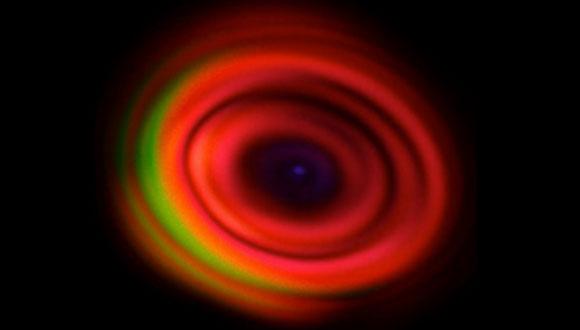LMI Seminar: MSc & PhD Seminar
Dina Rosenberg & Hen Markovich, TAU
Dina Rosenberg, PhD student in Dr. Sharly Fleischer's group
Title:
Advantageous complications in multi-level rotational echoes
Abstract:
Echo spectroscopy is a central technique in magnetic resonance, electronic and vibrational spectroscopy, enabling researchers to distinguish dynamical dephasing from decoherence phenomena. Only recently has echo emerged into gas phase rotational spectroscopy in few experimental and theoretical works.
In the first part of the talk I will show our experimental results demonstrating the rephasing of centrifugally distorted rotational dynamics via two-pulse rotational echoes.
In the second part I will discuss more recent results that reveal the dependence of the echo signal on the intensities of the driving pulses and on the delay between them. While these dependencies (that are unique to multi-level systems) may seem as severe difficulties for practical echo spectroscopy, I will discuss their unique advantages to rotational spectroscopy.
References:
[1] D. Rosenberg, R. Damari, S. Kallush, and S. Fleischer, J. Phys. Chem. Lett. 8 ,5128 (2017).
[2] G. Karras, E. Hertz, F. Billard, B. Lavorel, J.M. Hartmann, O. Faucher, E. Gershnabel, Y. Prior, and I. S. Averbukh, Phys. Rev. Lett. 114, 153601 (2015).
[3] J. Lu, Y. Zhang, H. Y. Hwang, B. K. Ofori-Okai, S. Fleischer and K. A. Nelson, PNAS, 113, 11800 (2016).
Hen Markovich, Msc student, Dr. Pavel Ginzburg group
Title:
Innovative multi focal spot optical trapping methods and applications
Abstract:
Multi focal spot optical trapping gives a very strong tool for micro and nano manipulation applications. Micro-tools, printed by two photon absorption methods, can be controlled by multi focal spot holographic optical tweezers for the manipulation of living cells. This method can be used to get 3D imaging of the cells and study the processes that occurs inside the cell spatially. Another strong tool using multi focal spot trapping is the dual focal spot Meta-lens. It have been studied both in the microwave and the optical regimes of the electromagnetic spectrum. It even been used to demonstrate the manipulation of optically trapped dielectric particles only by changing of the incident light polarization.


